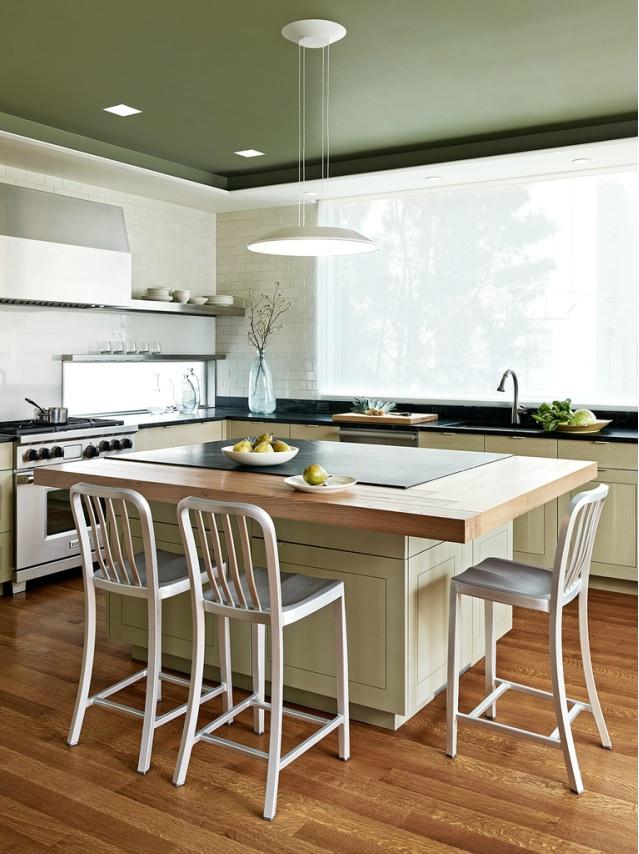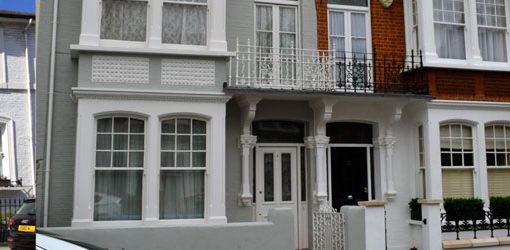Preparation of surfaces
Article number two. Second in a series of articles on preparation for Exterior painting.
Scraping off.
Scraping off is the process of removing defective paint and other coatings from a surface which is to be repainted.
How much scraping off is needed depends entirely upon the conditi0n of the surface to be repainted. All loose and flaking paint is to be removed from wood, masonry and metal surfaces before any further preparation can take place.
Method:
Wood.
Loose and flaking paint can be scraped off wood using a stiff-bladed scraping knife. A shave hook for crevices and/or a wire brush can also be used for this purpose. One can have a selection of different size scraping knives and wire brushes to deal with different profiles in the wooden surface.
Masonry.
Again one can use scraping knives, wire brushes and shave hooks for crevices. The object is to remove ALL loose and flaking paint from the masonry surface.
Caution should be used when using a wire brush on masonry surfaces. One can easily start removing perfectly sound paint from the render, brick or stonework and this is unnecessary and simply creates more work than is needed. Sound paint–i.e., paint that is adhered well to the surface, not cracking, crazing or showing other signs of defect, need not be removed prior to repainting. ( unless of course it has been specified to strip off all paint)
Metal.
Normal metal surfaces encountered in exterior decorating are iron railings, gates, balustrades, staircases and rainwater and soil pipes and gutters.
One will normally use a wire brush and scraping knife to remove loose paint from metal surfaces. Another method is ‘tapping off’ and this involves the use of a small ball-peen hammer to ‘tap’ the loose or old paint surface. The paint is thus broken up and it is then scraped off with a scraping knife or wire brush. This is actually used in conjunction with or as an alternative method to ‘burning off’ when one is attempting to remove all or most of the old paint from a metal surface–though it can be used–with care–to effect removal of loose and flaking paint only.
Rust-affected metal.
A common problem with iron railings and other iron items is rust–or oxidisation. This is a natural chemical reaction of iron with oxygen. Rust erodes iron. All eroded and rusted iron must be scraped off prior to painting. After scraping and wire brushing off the loose rust one treats the rust affected areas with lead tetroxide ( red lead ) primer or some other proprietary rust primer. This seals the rust-affected areas from any further exposure to oxygen and thus halts the rusting process. Sometimes two coats of such a rust primer may be needed prior to painting.
Substrates
This word simply means, in the context used here, ‘ the surface below the paint’
So with a painted wooden window the substrate will be wood, with a rendered wall the substrate is the sand and cement render, and with a cast iron railing the substrate is the iron itself.
More on substrates later.



